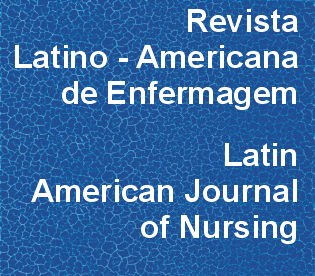Predetermining value analysis of the prehospital phase procedures in trauma victims survival
DOI:
https://doi.org/10.1590/S0104-11692008000300016Keywords:
prehospitalcare, accidents, traffic, proportional hazards modelAbstract
The aim of this study was to analyze the determining value of the procedures carried out during prehospital care in the survival time of traffic accident victims. Data of 175 victims with Revised Trauma Score £ 11, cared for and transported by advanced life support to tertiary referral hospitals, were submitted to Kaplan-Meier Survival Analysis and to Cox proportional hazards model. Four procedure groups associated with survival were identified: basic circulatory; advanced respiratory; volume replaced and medication. Until hospital discharge, the victims who underwent orotracheal intubation and chest compressions showed 3.6 and 6.4 times higher death hazards, respectively. The need for definitive airway and cardiopulmonary resuscitation in the prehospital phase was predetermining with higher death hazard. The less than 1000ml intravenous fluid replacement was the only predetermining factor with protective power against death hazard.Downloads
Download data is not yet available.
Downloads
Published
2008-06-01
Issue
Section
Original Articles
License
RLAE’s authorship concept is based on the substantial contribution by each of the individuals listed as authors, mainly in terms of conceiving and planning the research project, collecting or analyzing and interpreting data, writing and critical review. Indication of authors’ names under the article title is limited to six. If more, authors are listed on the online submission form under Acknowledgements. The possibility of including more than six authors will only be examined on multicenter studies, considering the explanations presented by the authors.Including names of authors whose contribution does not fit into the above criteria cannot be justified. Those names can be included in the Acknowledgements section.
Authors are fully responsible for the concepts disseminated in their manuscripts, which do not necessarily reflect the editors’ and editorial board’s opinion.
How to Cite
Predetermining value analysis of the prehospital phase procedures in trauma victims survival. (2008). Revista Latino-Americana De Enfermagem, 16(3), 432-438. https://doi.org/10.1590/S0104-11692008000300016



